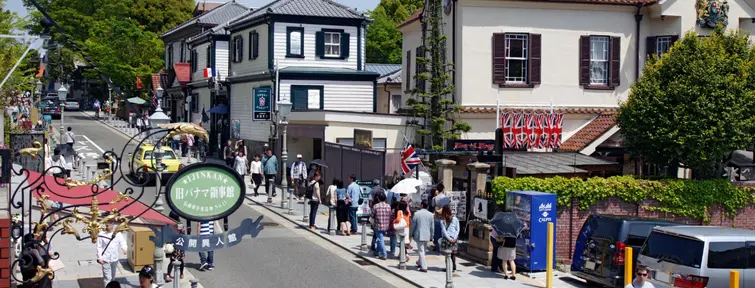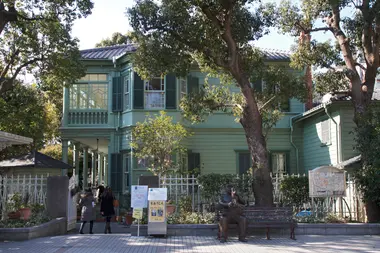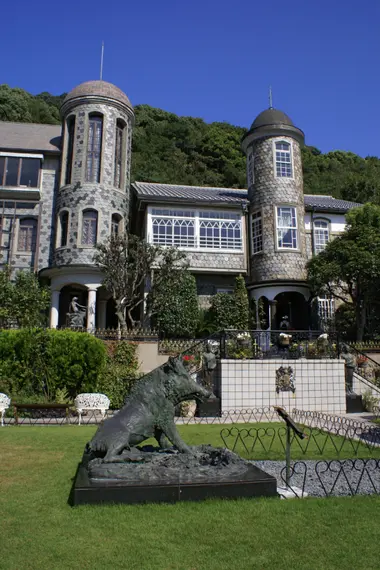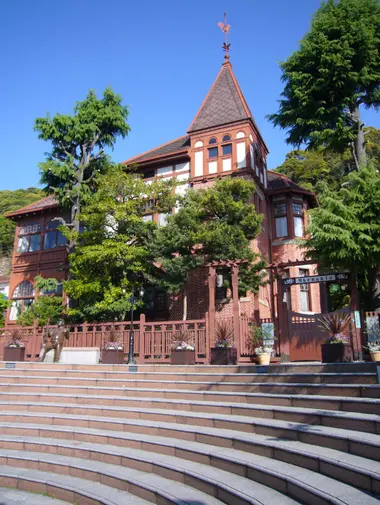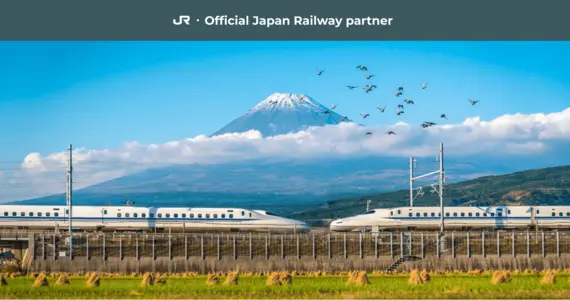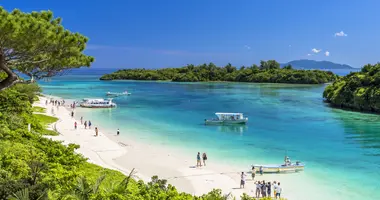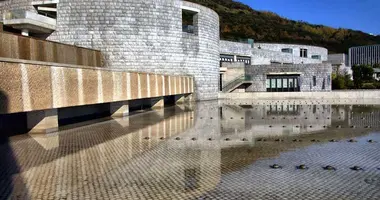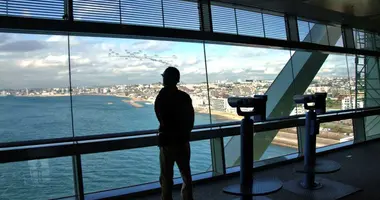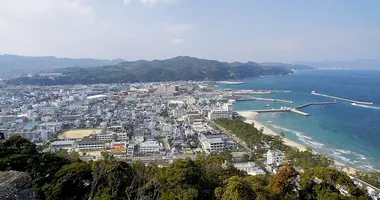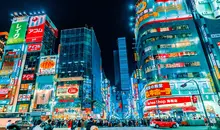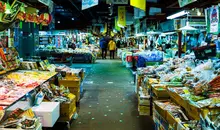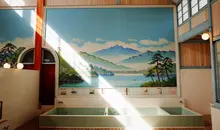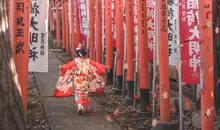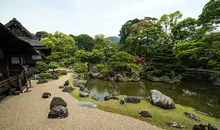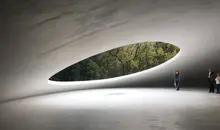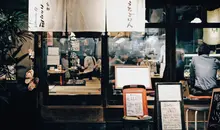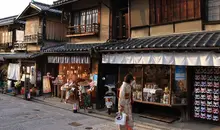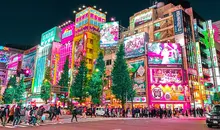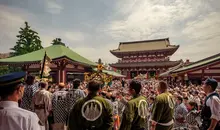Kobe Ijinkan Kitano-cho - The western neighborhood of Kobe
- Published on : 04/07/2024
- by : Lucie G.
- Youtube
Kobe Ijinkan: read a guide to Kitano-cho at the foot of Mt Rokko, an area of Meiji Period Western-style residences which are now fashionable museums and cafes.
Western-style Houses in Kitano-cho, Kobe 北野町
The area of Kitano-cho in Kobe, contains a number of western-style residences or ijinkan (異人館) at the foot of Mt. Rokko, north of Sannomiya Station.
Kobe's ijinkan date from the early Meiji Period and Taisho Period of Japanese history and were built after Kobe was opened as a Treaty Port in 1869.
The Kitano-cho area has the best preserved ijinkan in Japan, though there are smaller areas of such foreigners' houses in other former Treaty Ports such as Yokohama, Nagasaki and Hakodate.
History of Kobe Ijinkan
As Kobe opened up to foreign trade in the 1860's and thereafter, first a China Town was established by Chinese immigrants and traders, just south of Motomachi and by provisions of a treaty signed between Japan and a number of western governments a settlement was set up for Westerners on the slopes of Mt. Rokko.
Around 20 of these former merchants' mansions are now open to the public as museums from about 30 buildings still standing. Originally there were over 1,000 such houses.
The Kitano-cho area is also home to a number of souvenir shops and trendy bars, restaurants and cafés catering to predominately young couples and organized tours.
Some houses to see
All of these houses are located near the Kitano Street (Kitano-dori) :
Moegi House 萌黄の館
The Moegi House (Moegi no Yakata) is an elegant two-story mansion in the Kitanocho district of Kobe that was built in 1903 by the American vice-consul then consul, Hunter Sharpe (1861-1923), and where he and his family lived for six years. In 1944, it became the house of Hideo Kobayashi, the former president of Kobe Electric Railway Co. Ltd. This tastefully designed building with attractive bay windows has been beautifully restored, and preserves the artifacts of daily life from the turn of the 20th century. There are great views of Kobe from the second floor balcony, it has a lovely garden, and is surrounded by camphor trees. Moegi is Japanese for "light yellowish green,” referring to the house's color.
Uroko House and Uroko Museum
The Uroko House was originally a rental house for rich foreigners and its name, which means “fish scales” comes from the overlapping slate and stone of the exterior. The grand interior has antique furniture and ceramics. There is a small museum with paintings by European masters. There are also good views over Kobe and the sea from the top floor.
Yamate Hachibankan is a Tudor-style mansion with stained-glass windows and inside is an eclectic museum with art works and sculptures from European masters Bourdelle, Durer, Hogarth, Renoir and Rodin, in addition to Buddhist statues and African art.
England House
The England House dates from 1907 and includes two Victorian-style mahogany bars which are open at the weekends and national holidays.
Ben's House
Ben's House dates from 1902 and is the former residence of Ben Allison, an English traveler, collector and hunter. The house exhibits the hunting trophies of the man including a polar bear, moose and a tiger.
Weathercock House
The so-called Weathercock House or Kazamidori no Yakata in Japanese, is a symbol of Kobe's Kitano-cho and was built in 1909 in brick and timber for a German merchant, Gottfried Thomas. Features include an ornate fireplace, a drawing room with chandelier and a number of wood-paneled rooms. Various exhibitions and musical events are held here.
Kitano Foreigners Association
The Kitano Foreigners Association was originally a watering hole for the foreign community, where visitors can now see the original wooden bar, the Victorian kitchen with copper pans and a wood burning stove plus the luxurious members' lounge.
Yokan Nagaya (France House)
The Yokan Nagaya dates from 1904 as an apartment house for foreign visitors. Visitors can enjoy antique furniture and French antique brand goods from Tiffany and Louis Vuitton.
Getting to Kobe Ijinkan
JR Shinkansen bullet train stops at Shin-Kobe Station. About 1 km south of Shin-Kobe Station, Sannomiya Station is the main rail hub for intercity Hankyu, Hanshin and JR trains to Osaka and Kyoto. These itineraries are JR Pass compatible.
The Kitano-cho district is a 15-minute walk north of Sannomiya Station. Alternatively, walk 10 minutes west from the shinkansen at Shin-Kobe Station.
The Kobe City Loop bus also goes to the Kitano Ijinkan stop.
Purchaise your Japan Rail Pass now !
Address, timetable & access
Address
Access
Shin Kobe JR Station and 10 minutes walk or Sannomiya Station and 15 minutes walk
